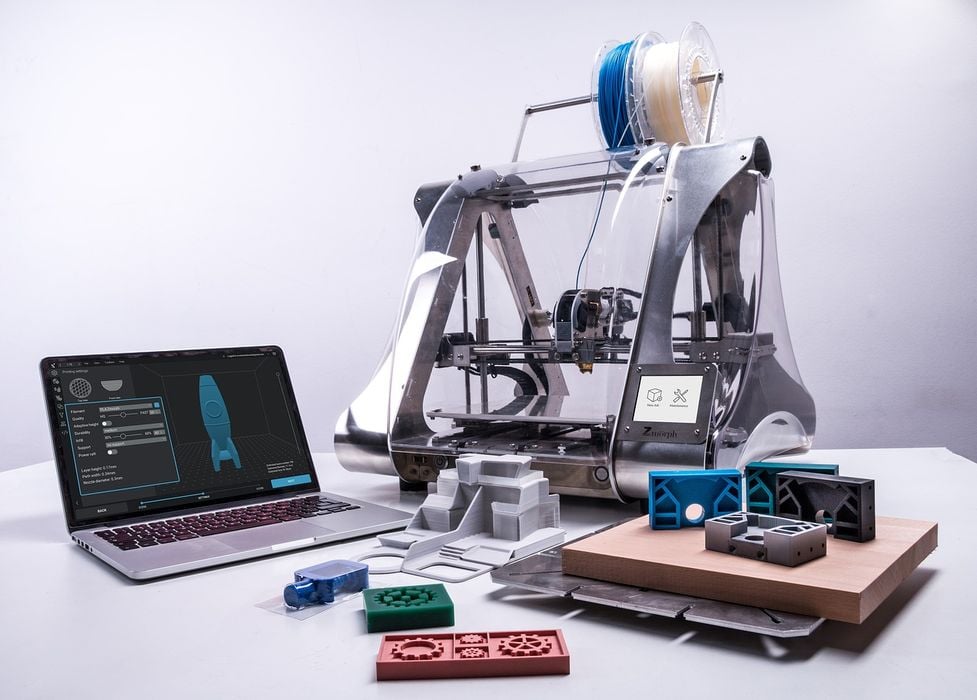
Charles Goulding and Valentina Alzate consider the impact of the failed Adobe-Figma acquisition on 3D printing innovation.
The failed acquisition of Figma by Adobe presents an interesting intersection of technology, business, and innovation. Adobe’s proposed US$20 billion deal to acquire Figma, a leading web-first collaborative design platform, was ultimately abandoned due to regulatory hurdles. This acquisition faced significant scrutiny, particularly from UK and EU competition regulators, over concerns that it would reduce competition in the product design, image editing, and illustration markets.
Adobe’s pursuit of Figma underscored their interest in expanding their capabilities in the design software arena. Initiated amid the Covid-19 tech investment surge, the deal aimed to acquire Figma for a value about 50 times its yearly revenue. Regulatory bodies, however, proposed drastic actions like the divestiture of major assets such as Adobe’s Illustrator or Photoshop, or Figma’s primary product line. Adobe and Figma found these requirements excessively harsh and unreasonable, leading to a breakdown of the proposed acquisition. According to the Financial Times, Adobe is required to compensate Figma US$1 billion in termination fees, thus dealing a large financial blow to the industry giant.
Adobe has already made significant contributions to the 3D printing industry. The integration of Figma into Adobe’s suite could have enhanced Adobe’s design capabilities, particularly in prototyping a variety of products, including those related to 3D printing. Figma’s capabilities could have improved the design process for 3D printed objects and packaging, thereby enhancing user experience and product development efficiency.
The intersection of this failed acquisition with 3D printing highlights the growing importance of software in the 3D printing ecosystem. Software platforms like Figma can revolutionize how designs are created, shared, and iterated upon in the 3D printing process. Although the merger did not proceed, the exploration of such integrations underscores the evolving nature of design and manufacturing technologies.
The Research & Development Tax Credit
The now permanent Research and Development (R&D) Tax Credit is available for companies developing new or improved products, processes and/or software.
3D printing can help boost a company’s R&D Tax Credits. Wages for technical employees creating, testing and revising 3D printed prototypes can be included as a percentage of eligible time spent for the R&D Tax Credit. Similarly, when used as a method of improving a process, time spent integrating 3D printing hardware and software counts as an eligible activity. Lastly, when used for modeling and preproduction, the costs of filaments consumed during the development process may also be recovered.
Whether it is used for creating and testing prototypes or for final production, 3D printing is a great indicator that R&D Credit eligible activities are taking place. Companies implementing this technology at any point should consider taking advantage of R&D Tax Credits.
Conclusion
While the Adobe-Figma deal may not have materialized, its exploration has highlighted the potential for greater convergence between digital design software and 3D printing, signifying exciting prospects for future innovations in this space. It also opens avenues for other tech companies to explore similar integrations, possibly leading to a surge in innovative design solutions tailored for the 3D printing industry. These developments could ultimately lead to a more interconnected and efficient ecosystem.
